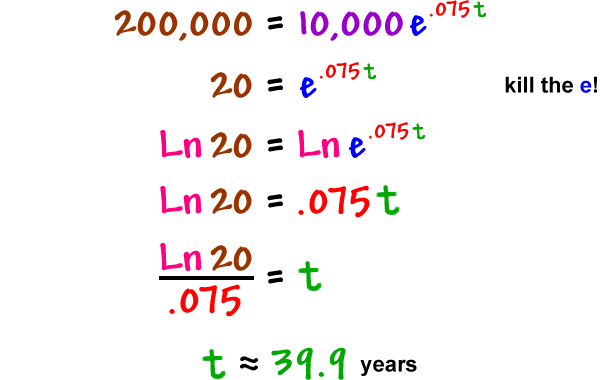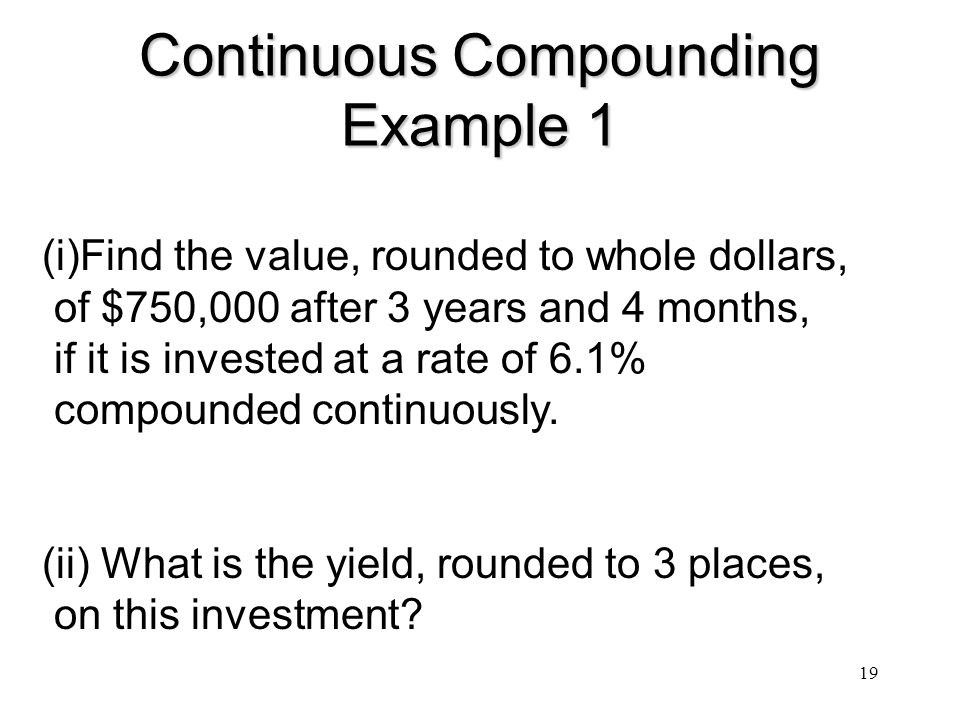What is Continuous Compounding
Post on: 8 Апрель, 2015 No Comment

These 10 animal facts will amaze you.
Adorable animal families that will make you aww.
These 10 facts about space will blow your mind.

Understanding the potential advantages and disadvantages of continuous compounding is key for anyone who hopes to make smart financial decisions. Once you know how to calculate compound interest, you’ll be better able to avoid excess debt while investing your money in the best way possible.
The term compound interest is used to describe an arrangement in which accumulated interest is added back to the principal to ensure additional interest is earned on the entire balance from that moment on. When interest is declared to be principal, this process is known as continuous compounding. In comparison to compound interest, simple interest is calculated based only on the principal of the investment or the portion of the loan amount which remains unpaid. However, continuous compounding is much more common than simple interest in the financial world today.
The mathematical formula used for calculating compound interest is M = P(1 + i)n. M is the final amount with the principal, P is the principal amount. i is the rate of interest per year, and n is the number of years the agreement will be valid. All online calculators on Web sites devoted to continuous compounding use this basic formula.
Continuous compounding and compound interest are a major reason why it’s easy for people to end up deep in debt. If someone takes out a personal loan with compound interest, a $1,000 US Dollars (USD) principal with 1% interest per month would end up with a balance of $1,010 USD at the end of the first month. Obviously, this would make it harder to pay off the loan. Credit cards also operate on the formula of continuous compounding, also referred to as a card’s Annual Percentage Rate, Effective Interest Rate. or Effective Annual Rate.
To make continuous compounding and compound interest work to your advantage, you need to invest your money in an account where you’ll be one receiving the interest payments. Mutual funds are one example of a financial product that uses the power of continuing compounding to help you make the most of your money. Invest $20,000 USD into a mutual fund when you graduate from high school and you’ll have well over one million dollars when you’re ready to retire — even if you never add any additional money into the account!
When evaluating an arrangement that uses continuous compounding, you need to consider both the frequency with which interest is compounded and the periodic interest rate that is being applied. All legal financial contacts must specify these terms, although the conventions used may vary from country to country.














